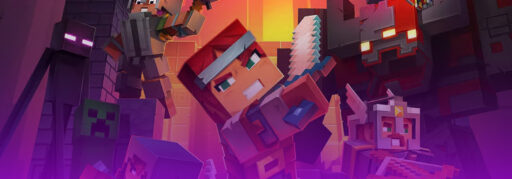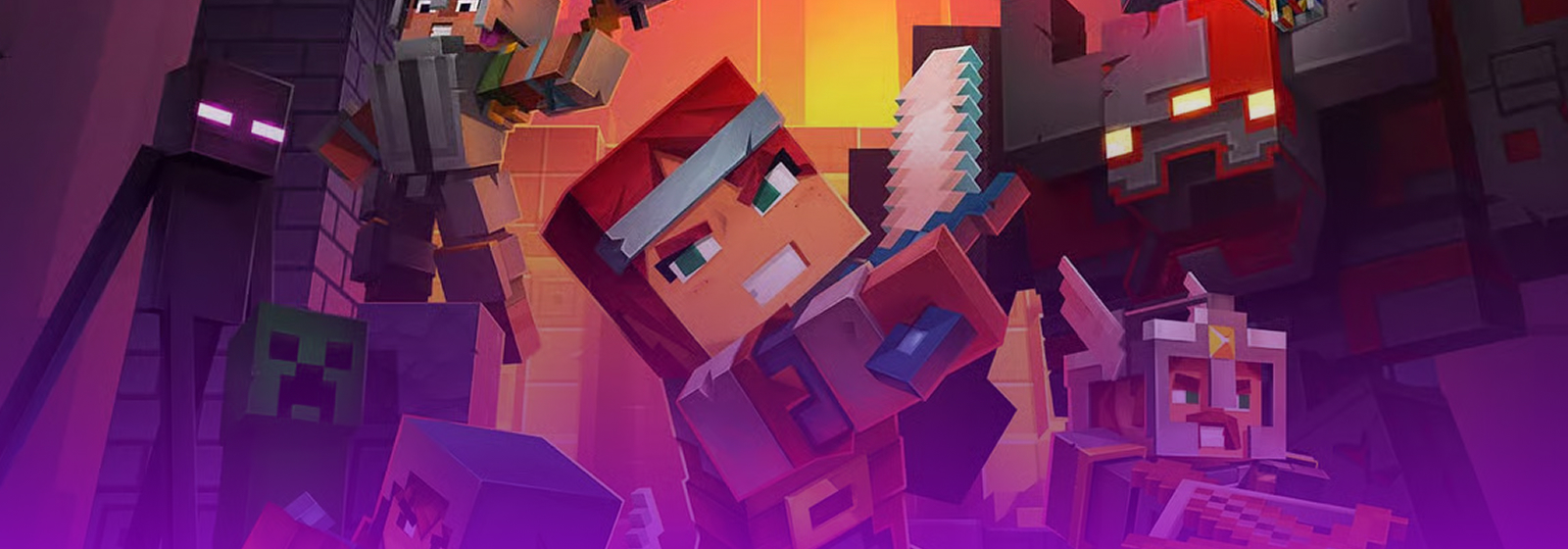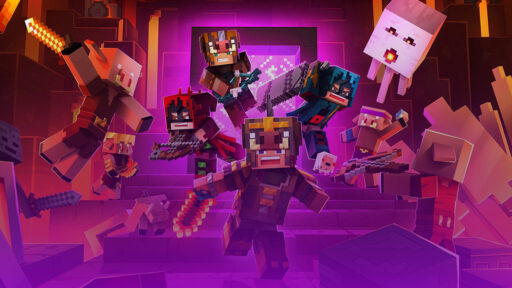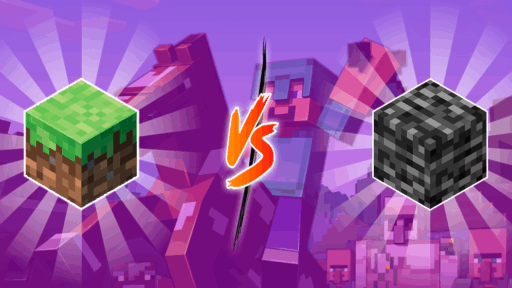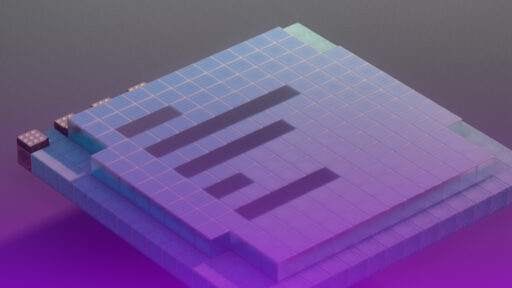Have you ever wanted to jump into Minecraft with your friends, only to realize that you’re all on different devices and using distinctive versions of Minecraft? Maybe you’re on PC playing Java Edition, your buddy is on Xbox playing Bedrock Edition, then you realize that Java and Bedrock can’t connect to the same world. Don’t worry, in this blog we will break down what Java and Bedrock Edition are, why there are two different versions in the first place, and most importantly, how you and your friends can play together without stressing about which devices or version to use.
Contents of This Blog:
This blog is split into two halves:
The first half describes what Cross-Platform is, what Java and Bedrock Edition are, and why they are two different versions.
The second half is about how you can play together with Java and Bedrock Edition and about creating your cross-platform server.
What is Cross-Platform?
Cross-platform in Minecraft means you and your friends can play together even if you’re on completely different devices. For example, you could be playing on a Windows PC, someone else could be on Xbox, and another friend could join in from their phone or Switch, and you’d all be in the same world.
Cross-platform only works with Minecraft Bedrock Edition. Bedrock is built to connect players across consoles, mobile, and Windows. If you’re all on Bedrock, you can join the same servers and worlds without worrying about what device everyone’s using.
One thing to remember is that Cross-Platform (or Cross-Play) doesn’t work with Java Edition. Java is only for Windows, Mac, and Linux, and it can’t connect with Bedrock worlds or servers (using official methods).
What is Minecraft Java Edition?
Minecraft Java Edition is the original version of Minecraft, the one that started it all back in 2009. It runs mainly on Windows, Mac, and Linux. Java Edition supports modding, and it’s well-known for its modding community. If you see a very realistic version of Minecraft on YouTube, chances are it’s Java.
What is Minecraft Bedrock Edition?
Minecraft Bedrock Edition is the version that works on almost every platform: Windows 10/11, Xbox, PlayStation, Switch, mobile, etc. It’s built to run smoothly across devices, and it’s more optimized for performance, but it doesn’t have the same level of modding as Java.
Why Are There Two Versions?
It comes down to history and technology. Java Edition was the original, coded in Java (obviously). When Minecraft blew up and more people wanted to play on consoles and phones, Mojang (and later Microsoft) built a new version from scratch in C++. This version was easier to run on different devices and connect players across platforms, and that became the Bedrock Edition.
So now we have both: Java for PC players who love mods and custom servers, and Bedrock for players who want to play anywhere, and on (almost) every platform.
Java vs Bedrock: Quick Comparison
| Feature | Java Edition | Bedrock Edition |
| Release | Original version, released in 2009 | Developed later for cross-platform play |
| Supported Platforms | Windows, Mac, Linux | Windows 10/11, Xbox, PlayStation, Switch, mobile |
| Cross-Platform | PC only | Fully cross-platform |
| Cross-Play | No official cross-play with Bedrock. Only Java-to-Java players on PC can play together. | Yes, full cross-play between all Bedrock-supported devices. (Xbox, PlayStation, Switch, mobile, Windows 10/11) |
| Performance | May require more powerful hardware | Optimized for smooth performance on multiple devices |
| Modding | Supports custom mods, a large modding community | Limited modding support (Addons on Marketplace) |
| Servers | Many custom servers, a wide range of community servers | Official servers and Realms, more restricted options |
| Programming Language | Written in Java | Written in C++ |
| Typical Use Case | Players wanting mods, advanced customization, and PC only | Players wanting to play with friends on any device |
How to Play Together With Java and Bedrock Editions?
To play across Java and Bedrock Edition together, you need to use a plugin that does all the work for you. The name of the plugin is GeyserMC, and it’s a simple plugin (proxy) that bridges the gap between Java Edition and Bedrock Edition servers.
In this blog, we are going to use Cybrancee Minecraft Hosting Services to host the server.
Check Cybrancee Game Hosting services. Prices start at $2.99.
How to Add the GeyserMC Plugin to Your Server
Go to the Official GeyserMC Website and download both GeyserMC and Floodgate. Floodgate is an extension that helps the Bedrock players to skip the option to connect their Java account to play.


After you’ve downloaded the plugin, you need to add it to the server’s plugins folder. To do that, go to the “Files” tab and find the plugins folder and open it.
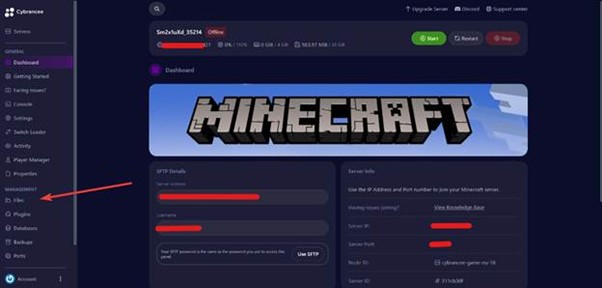
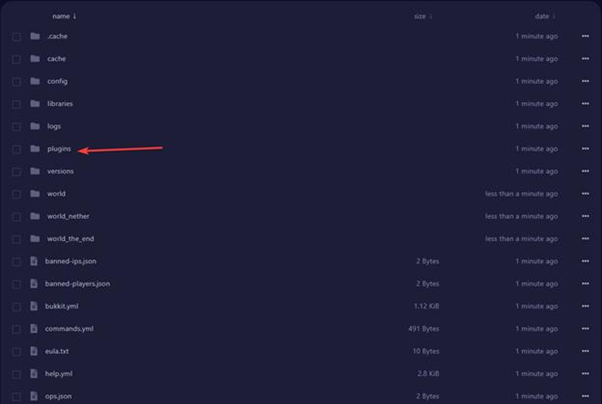
After you’ve found and opened the plugins folder, click the upload button and upload the GeyserMC plugin with the Floodgate extension.
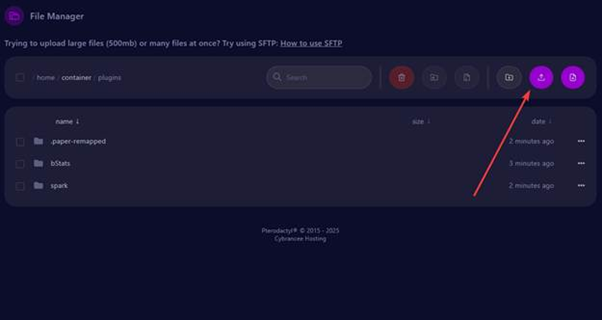

After you’ve uploaded the plugin to the server files, start the server and then close it, so the plugin’s configuration files gets created.
To start and stop your server, you need to go to the “Dashboard” and click on “Start”, wait a few seconds, and then, when you see that your server is online, press “Stop”.

After you did this, go into the “Files” tab and find the plugins folder.

Open the folder and find another folder named “flodgate” and open it.

After you’ve opened the floodgate folder, you should find a file named “key.perm”, right-click it, and download it to your computer.

After this, go back into the plugins folder and go into the “Geyser” folder and upload the “key.perm” file you’ve just downloaded.

If you ignore this step, and you don’t add the “key.perm” file to your Geyser folder, anyone on Bedrock Edition will need to connect their Java account upon joining the server. It will look something like this:

After you’ve successfully uploaded the key, go to the Ports tab on the left and press the “Create Allocation” button. Take note of the port number generated.

Then you need to edit the Geyser configuration file. The file can be found in the file manager at the following location: plugins > Geyser-Spigot > config.yml

Then replace the port with the new port that you’ve generated.

After that, save the file and start/restart your server.
Join the Server
Java Edition:
After launching Minecraft, click on “Multiplayer”
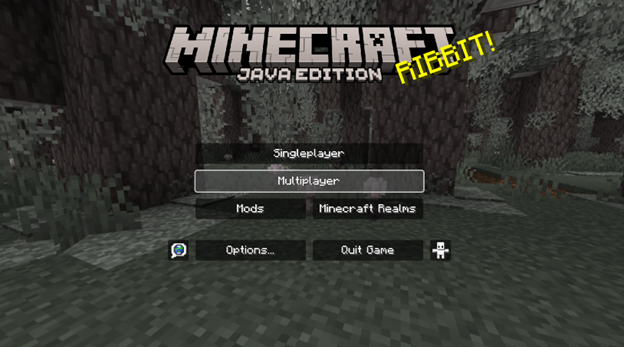
Click on “Add a server”.
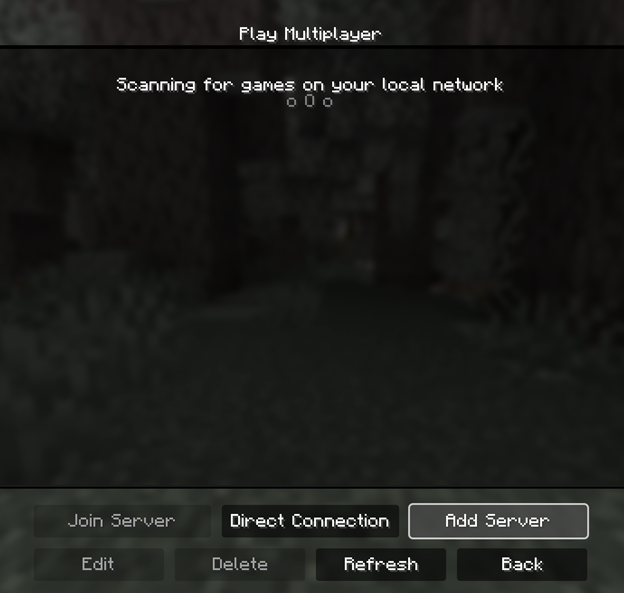
Enter the IP address and Port into the “Server Address” field, using the format IP_ADDRESS:PORT. Like this:
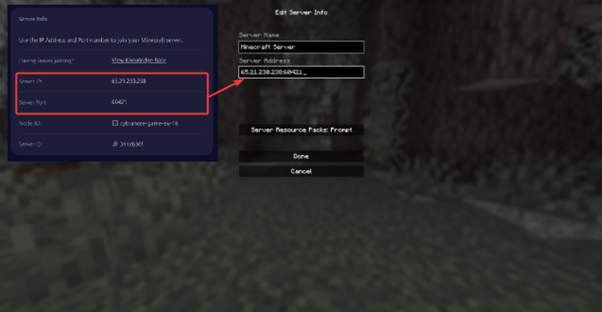
Click “Done” and join your server.
Bedrock Edition:
After launching Minecraft, click on “Play”

Then click on “Server”

Then click “Add server”

Here, you can give the server any name you want. In the “Server address,” you need to paste the “IP,” and in the “Port,” you need to paste the “Port” as shown in the image. After that, click “Add and Play,” and you are ready to play.
If you did all the steps correctly, the plugin should work, and you can now play together.
As you can see, I’m now playing on Bedrock and Java on the same server at the same time. Pretty nice?


